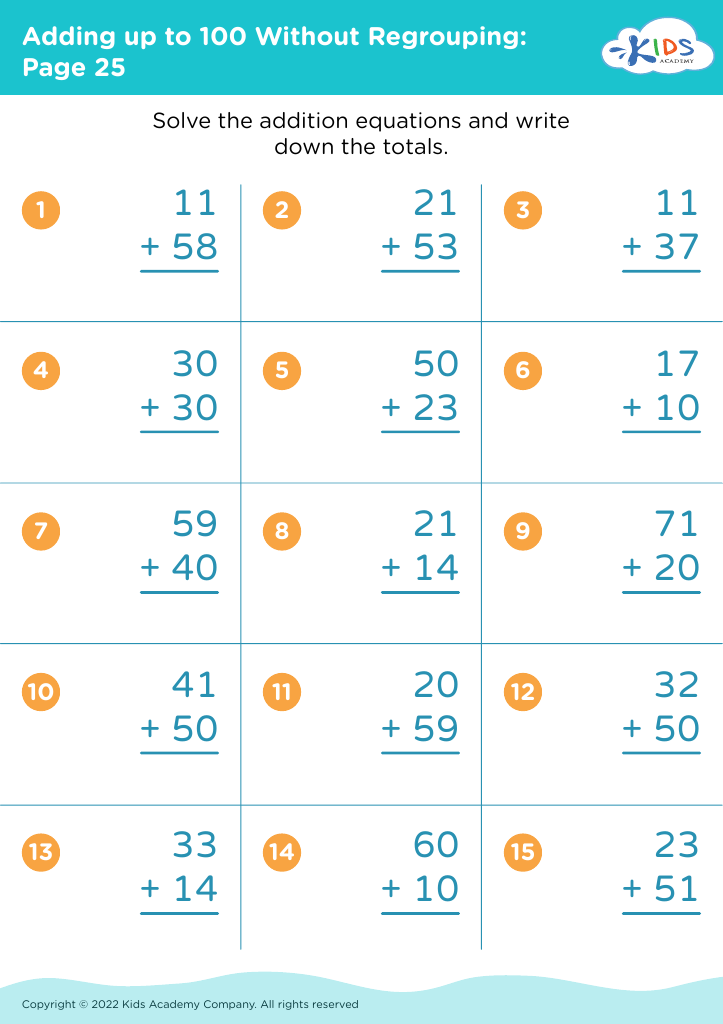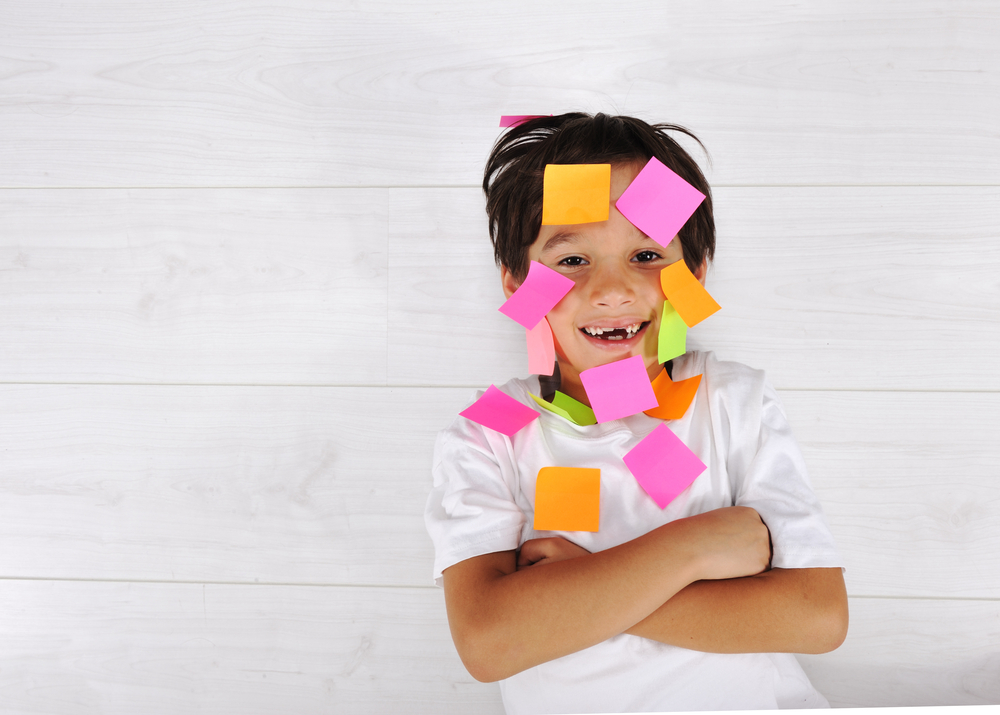Shape categorization Worksheets for Kids
1 filtered results
-
From - To
Question/Answer
How to train the Shape categorization skill in Grade 2 students learning about Adding up to 100 Without Regrouping?
To train Shape categorization in Grade 2 students while focusing on Adding up to 100 Without Regrouping, use visual aids and manipulatives. Introduce shapes with addition problems that sum up to 100 or less. Group shapes based on the outcome of these additions. This integrates shape recognition with addition skills, reinforcing both concepts simultaneously in a practical, engaging manner.
Why is the Shape categorization skill important for Grade 2 students?
Shape categorization skill is important for Grade 2 students because it enhances their ability to recognize, organize, and understand various geometric shapes, laying the foundation for more complex mathematical concepts. It also improves their spatial awareness, critical thinking, and problem-solving skills, essential for mathematics and everyday life. This skill fosters academic development and cognitive growth at an early age.
What are some effective activities to train students’ Shape categorization skill when teaching them about Adding up to 100 Without Regrouping?
Effective activities include using manipulatives like base-ten blocks for visual and hands-on learning, playing matching games where students pair numbers and shapes that add up to 100, interactive worksheets with shape patterns that sum to 100, and utilizing digital apps that offer shape-based puzzles focused on addition without regrouping. These methods enhance understanding and engagement in learning.












